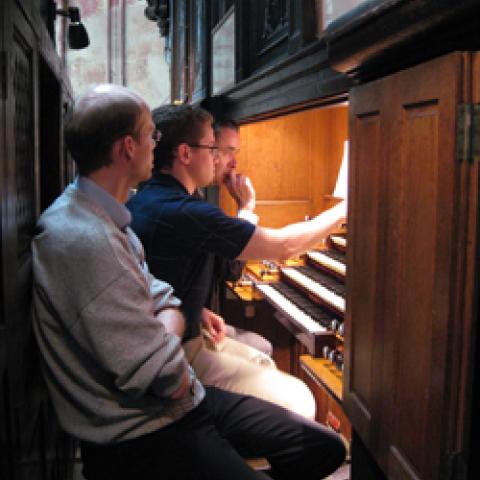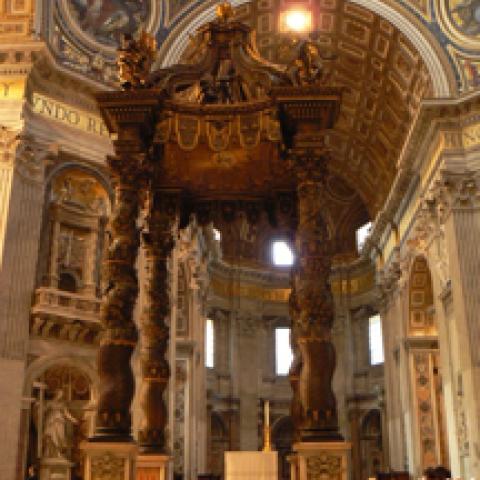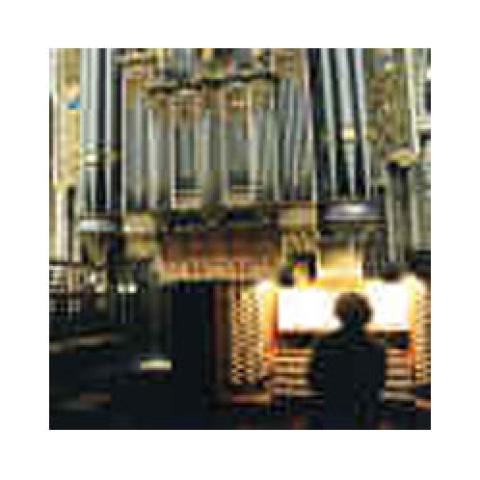
The French Organ Music Seminar will take place July 14–27 in Holland, France, and Spain. Directed by Christina Harmon since 1986, the seminar features masterclasses, private instruction, and playing sessions in European locations.
Instructors this year include Sophie-Véronique Cauchefer-Choplin, Pieter Van Dijk, François Espinasse, Aude Huerttematte, Jens Korndörfer, Thomas LaCôte, Estéban Landart, Olivier Latry, Eric LeBrun, Christophe Mantoux, Didier Matry, Ezequiel Menéndez, Yannick Merlin, Anton Pauw, Béatrice Piertot, and Daniel Roth.
Special emphasis will be on the 125th anniversary of the death of César Franck. Organs in Haarlem, Alkmaar, Utrecht, Paris, Bordeaux, San Sebastian, Toulouse, and more will be featured, with participants receiving plenty of playing time and optional participation in a recital.
For information: www.bfoms.com.





